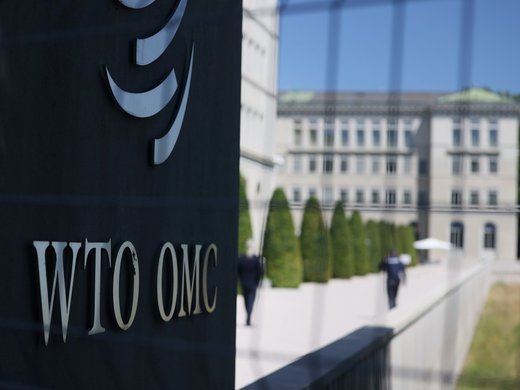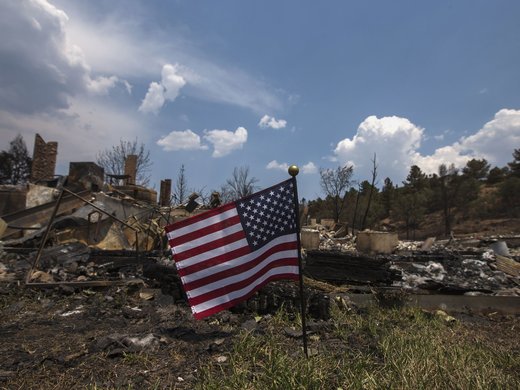By Resolution 49/214 of 23 December 1994, the United Nations decided that the International Day of the World's Indigenous Peoples shall be observed on 9 August of every year. In a moment of auspicious timing, this year’s World’s Indigenous Peoples Day occurred on the same day that a committee of international lawyers and experts, met in Johannesburg, South Africa as part of the ongoing Biennial Conference of the International Law Association (ILA). Experts and researchers from CIGI’s International Law Research Program (ILRP) attended this year’s ILA conference.
Members of the ILA Committee on the Implementation of the Rights of Indigenous Peoples of the International Law Association (ILA Indigenous Rights Committee) met in South Africa to examine law and practical barriers that potentially block the road for existing international legal standards to translate into actual protection of indigenous peoples in a number of countries throughout the world. One of the ILA Indigenous Rights Committee’s main functions in the past was to determine the legal status of the United Nations Declaration of the Rights of Indigenous Peoples (UNDRIP). In 2012, the International Law Association passed ILA Resolution no.5/2012 which stated that UNDRIP could not yet be considered customary international law, despite the fact that it includes several key provisions that correspond with existing international law obligations of countries. This resolution is important as ILA Resolutions generally fall under the category of “teachings of the most highly qualified publicists” which pursuant to Article 38 (1)(d) of the Statute of the International Court of Justice can be taken into consideration by the International Court of Justice as part of international law.
At the 2016 conference, the ILA Indigenous Rights Committee did not spend much time debating the legal status of UNDRIP, with the Chair of the Committee noting that UNDRIP has a special status and the debate on whether the UNDRIP was binding or not under international law was an old divide. The ILA Indigenous Rights Committee is thus done with the old (and tired) legal debate of the international law status of UNDRIP and instead is focused on examining the practice of states to determine whether they are actually living up to UNDRIP standards and thereby demonstrating whether the declaration has achieved customary international law status.
The ILA Indigenous Rights Committee has already undertaken numerous case studies on UNDRIP implementation around the world and is planning on adding up to 30 case studies, including three new studies from Canada. The need for the ILA Indigenous Rights Committee to broaden its focus beyond legal analysis of comparative case law and look to political actions of States as evidence of developing customary international law, as well as the role of the private sector, in implementation of indigenous rights was also emphasized. Some recent political actions, such as the inquiry into Murdered and Missing Indigenous Women announced in Canada or the immediate establishment of a Royal Commission in Australia to examine the allegations of abuse of indigenous youth in Northern Territory youth detention, were cited as examples of the changing political landscape.
Despite growing recognition of indigenous rights in international law, a lot still has to be done to translate this recognition from theory to the implementation of laws that protect indigenous communities around the world. On this year’s World’s Indigenous Peoples day, it is important to note that the realization of international law values on indigenous rights, as enshrined in UNDRIP, will to a large extent depend on the abilities of countries such as Canada to integrate these values into all facets of policy planning at every level of government.
CIGI’s ILRP will continue to examine the roles of domestic law and institutions in the implementation of international law protections for indigenous peoples. It is hoped that CIGI’s work in this area will contribute to the careful study and examination being undertaken by the ILA Indigenous Rights Committee as the Committee continues its important work leading up to the next Biennial Conference in Sydney in 2018.


